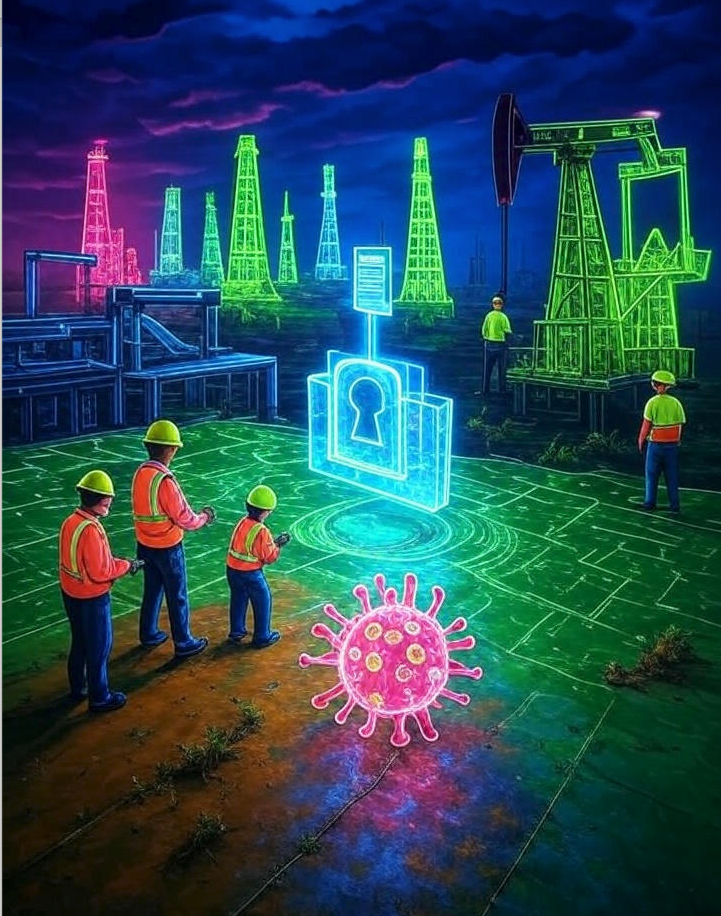Cyber Hygiene in 2025: Why Cybersecurity Basics Remain Essential
- npcornell
- Jul 18
- 2 min read

In 2025, as organizations adopt zero-trust architectures and AI-powered tools, the core practices of cybersecurity—known as cyber hygiene—remain essential for preventing breaches like ransomware attacks. Cyber hygiene involves routine tasks such as patching systems, securing credentials, and maintaining asset visibility. Despite advancements in technology, these fundamental cybersecurity practices are the foundation of a secure network. Here’s why they still matter in 2025.
What is Cyber Hygiene?
Cyber hygiene involves necessary practices to keep digital systems secure, updated, and monitored. It’s like routine maintenance—unnoticed but essential. Tasks like applying security patches or enabling multifactor authentication (MFA) help reduce vulnerabilities.
Without consistent cyber hygiene, even top-tier defenses can fail. Strong fundamentals are essential for protecting any system, from small businesses to large enterprises.
The Expanding Attack Surface in 2025
Hybrid work, remote access, and cloud infrastructure have greatly expanded the attack surface in 2025. Still, many breaches come from common issues: unpatched software, weak passwords, or forgotten accounts. Although advanced threats receive most attention, simple mistakes often cause the most harm.
Automation and AI are transforming cybersecurity. AI-powered tools can handle patch management and identify misconfigurations, but they also allow attackers to create more convincing phishing emails. This makes essential practices like credential management and employee training more critical than ever.
Lessons from the Colonial Pipeline Attack
The 2021 Colonial Pipeline ransomware attack underscores the importance of maintaining good cyber hygiene. The breach started when the ransomware group DarkSide used stolen credentials from an unused VPN account that didn't have MFA enabled. This simple mistake allowed attackers to easily penetrate a vital infrastructure network.
Enabling MFA or decommissioning unused accounts could have entirely blocked the attack. This wasn’t a sophisticated exploit but a failure of fundamental identity and access management (IAM) practice. The lesson is clear for organizations of all sizes: ignoring the basics can lead to disastrous results.
A Cyber Hygiene Starter Kit
Cyber hygiene doesn’t require advanced tools—just discipline and consistency. Below is a practical checklist to strengthen your defenses in 2025:
• Patch Promptly: Install security patches within 24–48 hours of release to fix vulnerabilities.
• Enable MFA: Implement multi-factor authentication on all accounts, particularly for VPNs and cloud services.
• Audit accounts: Quarterly review and deactivate unused accounts to remove entry points.
• Back Up Data: Conduct weekly backups of important data and routinely verify restore procedures.
• Train Employees: Provide quarterly phishing awareness training to strengthen the human firewall.
Integrating these practices into daily IT workflows can greatly decrease risks.
Advanced defenses like zero-trust and AI-driven threat detection depend on patched systems and secure credentials to operate effectively. The difference between stopping an exploit and facing a costly breach can be as simple as applying a patch on time. Good cyber hygiene provides a strong foundation for sophisticated tools.
In 2025, mastering cyber hygiene is essential for any cybersecurity professional. What’s your strategy for keeping the basics in check? Whether securing a home lab or a corporate network, these practices are the foundation of a strong defense.



Comments